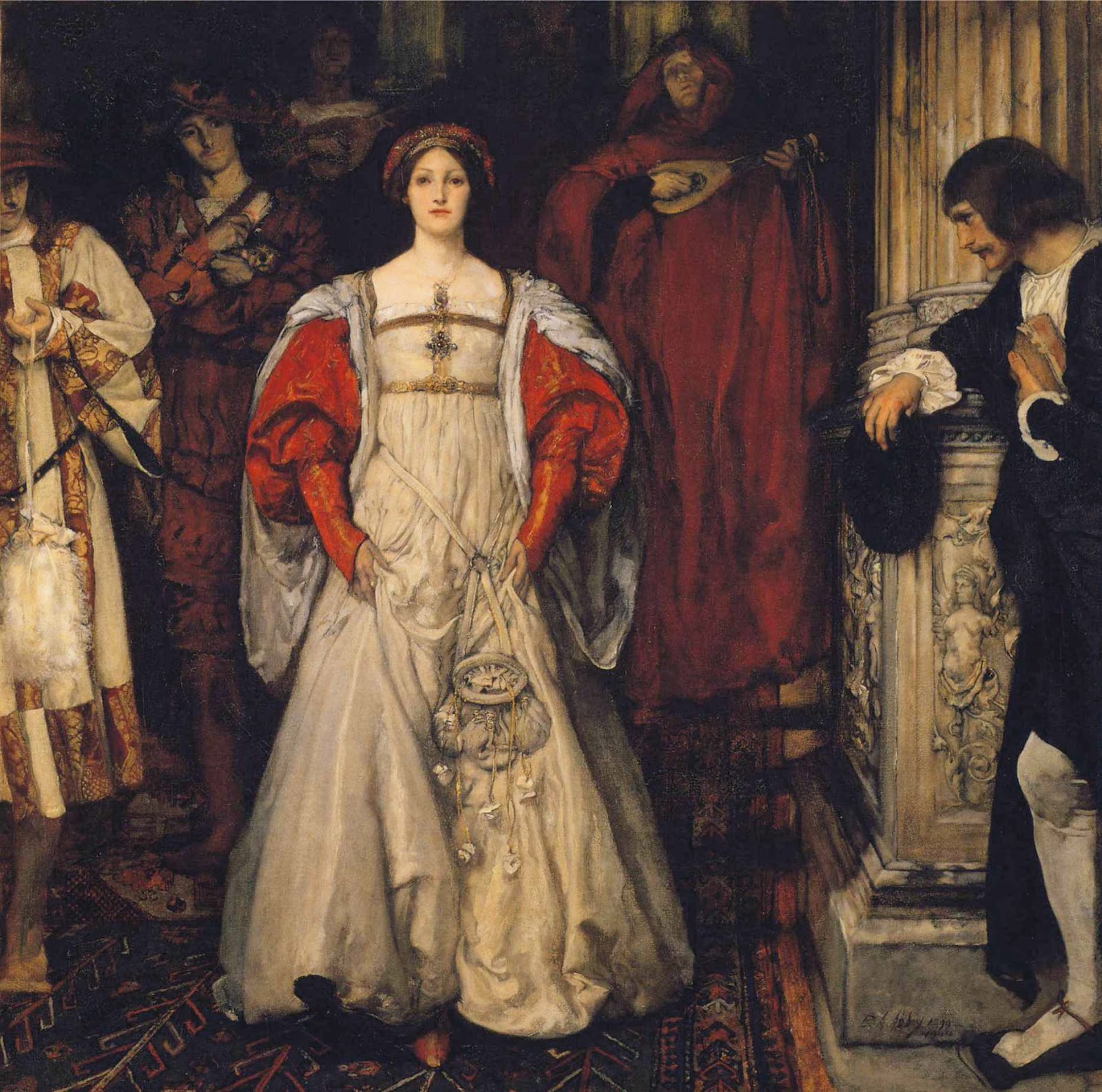Henri-Jules-Jean Geoffroy, also known by the pseudonym Géo was a
French painter🎨 and illustrator, known primarily for his
genre scenes🎨 with children. Some sources give his first names in reverse order.
His father, Jean-Baptiste (1822-1895), was a tailor and costume designer.
His mother, Rosalie, was the eldest daughter of an English painter named John Dickinson (1791-1830). They moved to Paris when he was only two.
In 1871, he began his studies at the École des Beaux-Arts; originally with Léon Bonnat, then with Eugène Levasseur (1822-1887) and Adolphe Yvon.
His first exhibition came in 1874, at the Salon, followed by the Salon des artistes français, of which he became a member in 1883.
For many years, until 1886, he took additional lessons from Émile Bin.
During these years, he had the patronage of the wood merchant, Laurent-Louis Borniche (
1801-1883), who was also an avid art collector and creator of the Pavillon de l'Arsenal art museum. Geoffroy's career culminated with a gold
medal🎨 at the Exposition Universelle (
1900).
In 1882, he received a major commission from the Ministry of National Education.
In addition to paintings, he provided guidance on how images could be used in the classroom.
He was named an Officer of Public Instruction two years later.
In 1887, he was named a Chevalier in the Legion of Honor.
Another commission for five murals was received in 1893, occasioning trips to Brittany and Algeria to gather material.
He came to be a painter of children because, at the beginning of his career, he shared an apartment with two teachers, Louis and Julie Girard, above their private school.
Years later, when they opened a boarding school, he took inspiration for his works there.
Many document the social advancements made during the Third Republic. When Louis died in 1890, he became Julie's protector.
Around 1876, he met Pierre-Jules Hetzel, who hired him to be an illustrator of books for young people. After 1880, he signed his illustrations with the name "Géo".
He also became friends with Doctor Gaston Variot, who had worked with Louis Pasteur, and became an enthusiastic campaigner for Pasteurization.
He died of an undisclosed illness in 1924 and willed his remaining collection to Julie Girard. The Girard family still maintains his studio. | © Wikipedia
Jean Geoffroy (
Marennes (Charente Marittima), 1º marzo 1853 - Parigi, 15 dicembre 1924) è stato un pittore ed illustratore
Francese🎨.
Jean Geoffroy era figlio di Jean-Baptiste Geoffroy, sarto, e di Rosalie Dickinson. Sin da bambino fu chiamato con il nomignolo di "Gio" (pron. Jo), che in seguito divenne il suo pseudonimo con il quale firmò diversi lavori di illustrazione a partire dal 1880.
Dopo le scuole iniziali suo padre lo mandò a Parigi, dove poté seguire i corsi dell'École des beaux-arts. Qui fu allievo di Léon Bonnat, poi di Adam Levasseur e di Adolphe Yvon.
A partire dal 1874 Jean Geoffroy iniziò ad esporre i suoi lavori al "Salon de Paris", ed in seguito anche al "Salon des artistes français", di cui divenne socio nel 1883.
In quello stesso anno ricevette una menzione d'onore, nel 1886 una medaglia🎨 di terza classe e infine fu premiato con la medaglia d'oro in occasione dell'Expo di Parigi del 1900.
Nel 1885 fu insignito del titolo di cavaliere della Légion d'honneur.
Geoffroy dipinse in particolare scene di genere e ritratti, ma divenne noto per aver saputo trasferire felicemente sulle sue tele il fascino sereno dell'infanzia.
All'inizio della sua carriera, infatti, Geoffroy abitava nella casa di una coppia di maestri di scuola, in un appartamento situato sopra un istituto scolastico per bambini.
La vicinanza quotidiana di costoro gli fece apprezzare, e quindi poi trasportare nei suoi quadri con assoluta sincerità, il fascino ingenuo degli scolaretti.
Verso il 1876 incontrò l'editore Pierre-Jules Hetzel che lo assunse come illustratore di libri per bambini e giovani. Per questo le sue illustrazioni, dal 1880, sono firmate con lo pseudonimo di "Gio".
Jean Geoffroy morì a Parigi nel 1924 all'età di 71 anni. | © Wikipedia
















